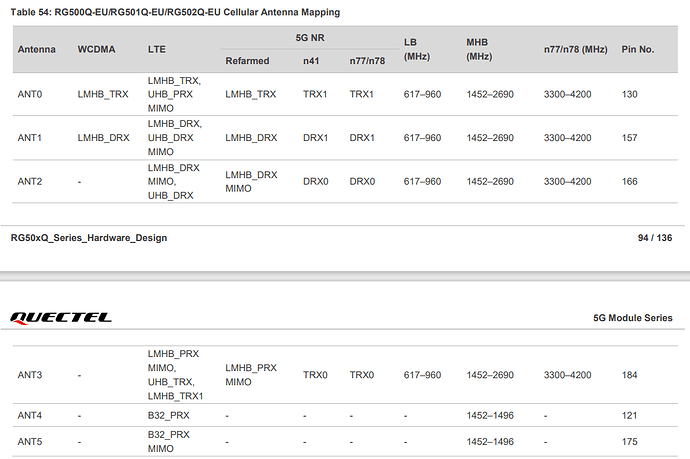When the base station switches to energy saving mode at night, where it turns off MIMO on certain bands (only 1x1 SISO works), this modem measures a 10-30 dBm signal drop on two connected external antennas (Iskra P-60 MIMO).
For example on B3 during the day when MIMO is working the signal is -74 dBm and at night when SISO is working it measures up to -105 dBm.
Due to poor signal at night, if cell lock is set, the modem fails back to 3G (which will soon be a problem as many ISPs shut down the 3G network). If the cell lock is not set, the modem switches to another direction at night on the same base station where B3 MIMO works and measures about -85 dBm, and in the morning it returns to my direction when MIMO is turned on and measures -75 dBm.
Tried all SMA combinations for connecting two antennas and measured a weaker signal on all of them when connected to the SISO band.
For comparison, the signal on my mobile phone, Huawei B535 and ZTE MF289F which are connected to the same two external antennas, on the same base station and cells during the day and night measure the same or only 1 dB weaker signal when the B3 SISO is working.
When all four antennas are connected to the RG501Q-EU modem (tested with 4 omni antennas), then at night it measures the same signal as during the day or a signal drop of only 1 dB at B3.
B3 band is an example, this also happens on B1 and B7 where MIMO works during the day and SISO at night.
Current modem firmware: RG501QEUAAR12A09M4G_04.200.04.200
I see that a new firmware RG501QEUAAR12A10M4G_04.200.04.200 is available for this modem.
Does the new firmware contain a fix for this?
Do you test modems with only two antennas connected to base stations that turn off MIMO at night, i.e. only SISO works?
I thank you


